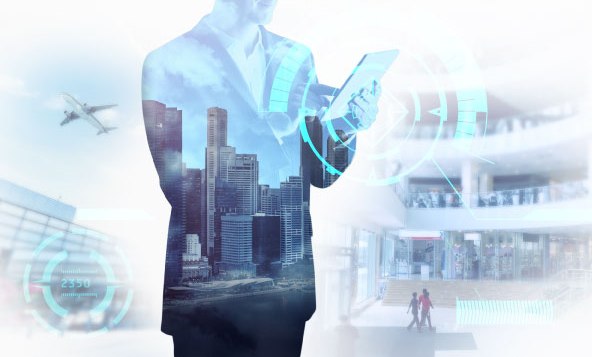In his session at GSummit 2014, Brian Burke, vice president of research at Gartner, outlined gamification, its potential and its future impact. Burke rehashed his stance on gamification from his 2014 Gartner research report. He stated that gamified programs have existed for longer than most people realize (e.g., Olympic Games, Boy Scouts, Weight Watchers). However, what makes gamification more relevant now is the digital factor that has been introduced.
Digital motivation, as Burke described it, is what differentiates older gamified solutions from gamification as we know it today. And this digital aspect is what has also revolutionized customer engagement in recent years. Digitally, brands are able to transform their engagement efforts in several ways, according to Burke:
- Scale – digital interactions can connect to audiences of any size
- Time – digital interactions are asynchronous
- Distance – with the Internet, digital interactions are available anywhere
- Connectedness – with social networking, others are always nearby
- Cost – digital interactions come at a much lower cost than face-to-face models
Moving forward, Burke thinks that digital engagement models will see success by “blurring the digital and physical worlds.” He envisions the near future to be impacted by disruptive technologies such as the Internet of Things (IoT) – a world in which everything is connected, devices are smarter than ever and digital motivation is prominent.
Comarch has also identified the importance of IoT, as the company has already committed to incorporating the emerging technology in its IT solutions. In order to successful engage people in this technologically advanced world full of digital distractions, the physical and digital worlds must become “blurred,” or more seamlessly integrated.
Cutting-edge beacons will soon provide businesses with real-time conversion metrics for location-based settings. Having already mastered conversion analytics for social engagement, as shown with JetBlue’s TrueBlue Badges, the next step for Comarch is to transfer those same capabilities to physical scenarios.
The Badges program incorporates some gamified elements and operates on a social engagement platform, which tracks in real time where and when a conversion takes place through social media, essentially assigning a dollar value to each individual member and each social post shared from the program. With beacons, businesses will basically be able to do the same thing – produce detailed analytics and conversion metrics – but in location-based settings.
Using BLE (Bluetooth low energy) technology, beacons are small instruments that trigger personalized communications and calls to action when people come within a certain distance of them. Unique interactions are delivered directly to smartphones, smart watches and other devices in real time. And depending on how those communications are acted upon by users, businesses will be able to pull detailed behavior analytics and obtain much-needed insight into consumer engagement, purchase intent, conversion and spend in physical outlets.
For example, integrated with a modern airline loyalty program and strategically placed in an airport, beacons could be used to guide members through an airport: directing them to their respective gates, suggesting restaurants and stores along the way, and rewarding them for completing various actions based on location.
While the digital and physical worlds used to be completely distinct environments, Brian Burke has accurately pointed out that the two are becoming increasingly blurred. With widespread IoT integration coming in the near future, beacons will fuse together both worlds. By digitizing reality, IoT will provide customers and businesses with a unique experience that functions seamlessly through digital and physical channels.









[…] 2. Gamification Co. IoT: Blurring the Digital and Physical Worlds – Gamification Co [Internet]. 2014 [4 September 2014]. Available from: http://www.gamification.co/2014/08/21/iot-blurring-digital-physical-worlds/ […]